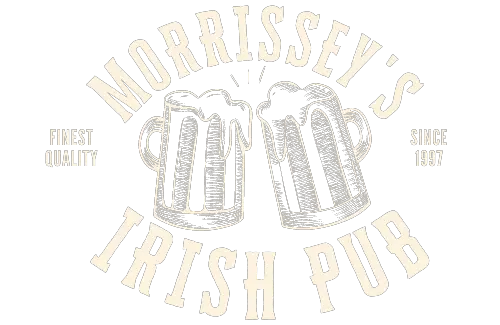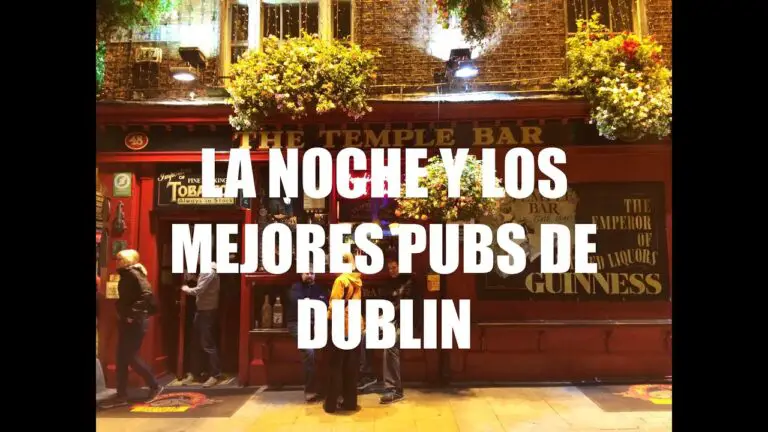IRISH MUSIC OR CELTIC MUSIC?
Many statues and memorials can be seen within the park. The largest is the Riflemen’s Arch which commemorates the Irish victims of the Second Boer War in South Africa. There are also statues and busts dedicated to great personalities of the country.
Until the mid-17th century the area was a grazing ground for cattle. Then it was decided to fence off the area and start selling the surrounding land. Georgian style houses were built but few originals remain today, many of the current ones are replicas. During the nineteenth century reforms were made within the enclosure to turn it into the park we know today.
McCarthys Irish Pub – Bogotá
The Irish are a nation that loves to laugh. The art of joke telling and stylish cynicism are part of everyday life in Ireland, so it’s no surprise that a new generation of Irish comedians is gaining an international reputation. If you fancy catching a comedy show, some notable names include Dylan Moran, Ed Byrne, Ardal O’Hanlon, Dara O’Briain, Tommy Tiernan and Kevin Gildea. Or alternatively, visit one of the pure humor festivals, such as the Smithwicks Cat Laughs Comedy Festival in Kilkenny or the Bulmers Comedy Festival in Dublin.
Of course, as is well known, the Irish are fervent Catholics, their faith is often referred to as Celtic Christianity, since their religion contains and has preserved in various ways the Celtic legacy of the island. This fact does not detract from the fact that Ireland is considered one of the most Catholic countries in the world. Some symbols are very characteristic of the Irish Celtic-Catholic church, such as the Celtic cross, which unites the Roman cross with the Celtic solar disk.
Uma Aventura em Dublin – Guinness Store House
» En primer lugar, sólo decir que el lugar era impresionante, los muebles de madera, los cuadros etc. todo era bonito. Luego, el concurso fue divertidísimo porque no todo era sobre cultura o historia, también había preguntas divertidas como las de saber quién era un famoso y luego resultó ser nuestro profesor en su lugar. Así que había todo tipo de preguntas para todo tipo de personas. Además, el hecho de que fuera en inglés nos hizo centrarnos más en el idioma y aprendimos palabras nuevas.»
«Creo que, en general, nuestra experiencia en el pub irlandés fue genial. Es una buena manera de practicar nuestro inglés y también fue muy divertido compartirlo con nuestros compañeros y amigos. Formábamos un gran equipo porque cada uno de nosotros podía resolver las preguntas sobre el tema que se nos daba bien y cada uno aportaba algo al grupo. Me reía todo el rato mientras aprendía cosas que no siempre aprendemos en el colegio, como cosas de cultura general o trabajo en equipo».
«El viernes pasado fuimos al pub donde pasamos un rato divertido. Me gustó el Trivial, aunque mi grupo no ganó. Creo que es una buena idea intentar mejorar nuestro nivel de inglés con juegos como éste fuera del aula….»
The High Kings, Rocky Road to Dublin
Barry F., FitzGerald J. (2001) «Irish Fiscal Policy in EMU and the Brussels-Dublin Controversy» en Fiscal Policy in EMU: Report of the Swedish Committee on Stabilization Policy in EMU, Estocolmo. Statens Offentliga Utredningar.
Beker V. A. (2010)». Sobre la crisis económica y la crisis de la economía». Economics Discussion Papers 2010-18. Instituto de Economía Mundial de Kiel. Available at http://econstor.eu/bitstream/10419/36658/1/630979766.pdf
Dunn M. (2015). «Annual national accounts – how ESA 2010 has changed the main GDP aggregates», Eurostat – statistics explained. Disponible en http://ec.europa.eu/eurostat/statistics-explained/index.php/Annual_national_accounts_-_how_ESA_2010_has_changed_the_main_GDP_aggregates
FitzGerald J. (2015). «John FitzGerald: Revised CSO figures are a dose of reality on deficit». The Irishtimes. Disponible en http://www.irishtimes.com/business/economy/john-fitzgerald-revised-cso-figures-are-a-dose-of-reality-on-deficit-1.2327121, 2015.
FitzGerald J., E. Morgenroth E. (2006). «Ex Ante Evaluation of the Investment Priorities for the National Development Plan 2007-2013», Research Series, Economic and Social Research Institute (ESRI), número PRS59.

